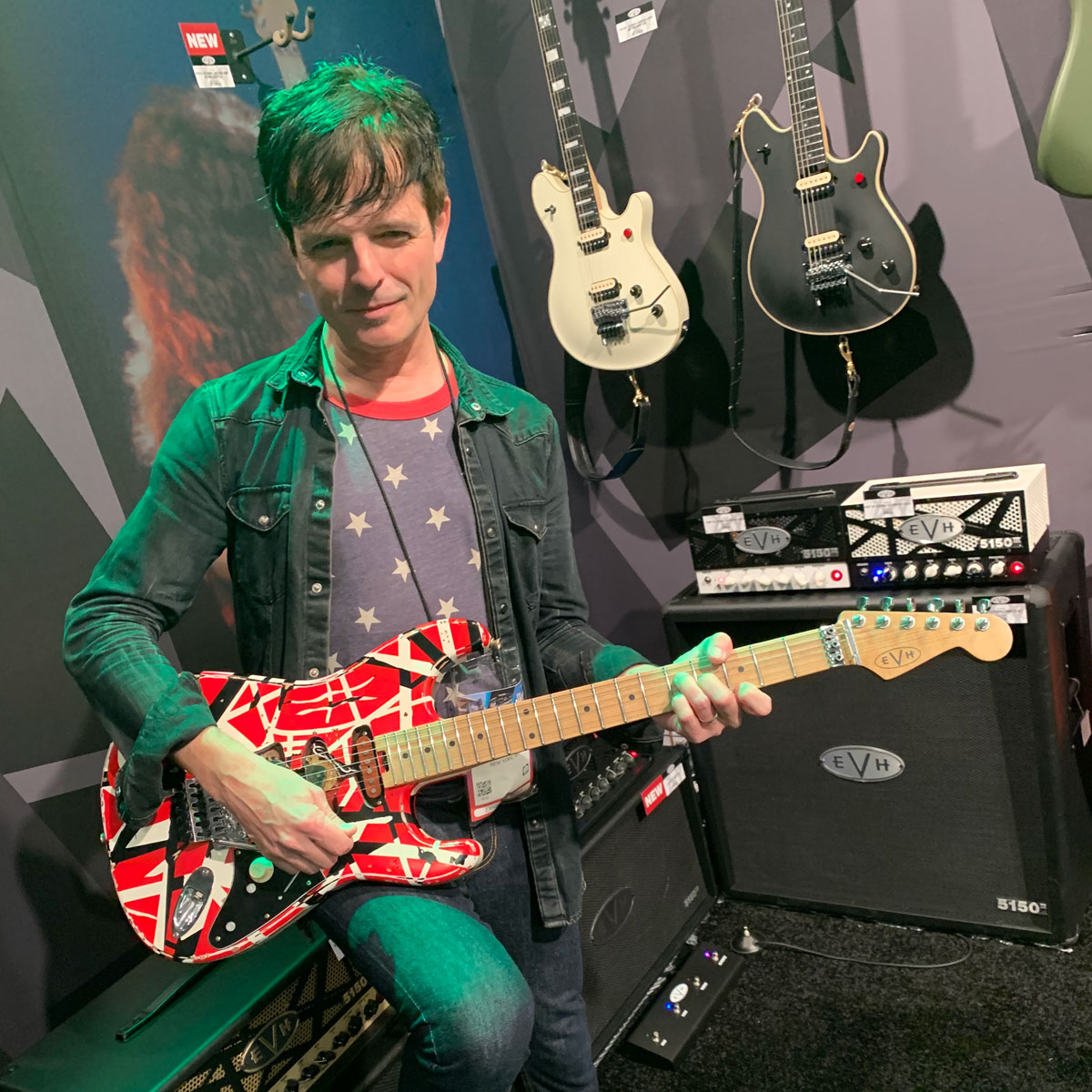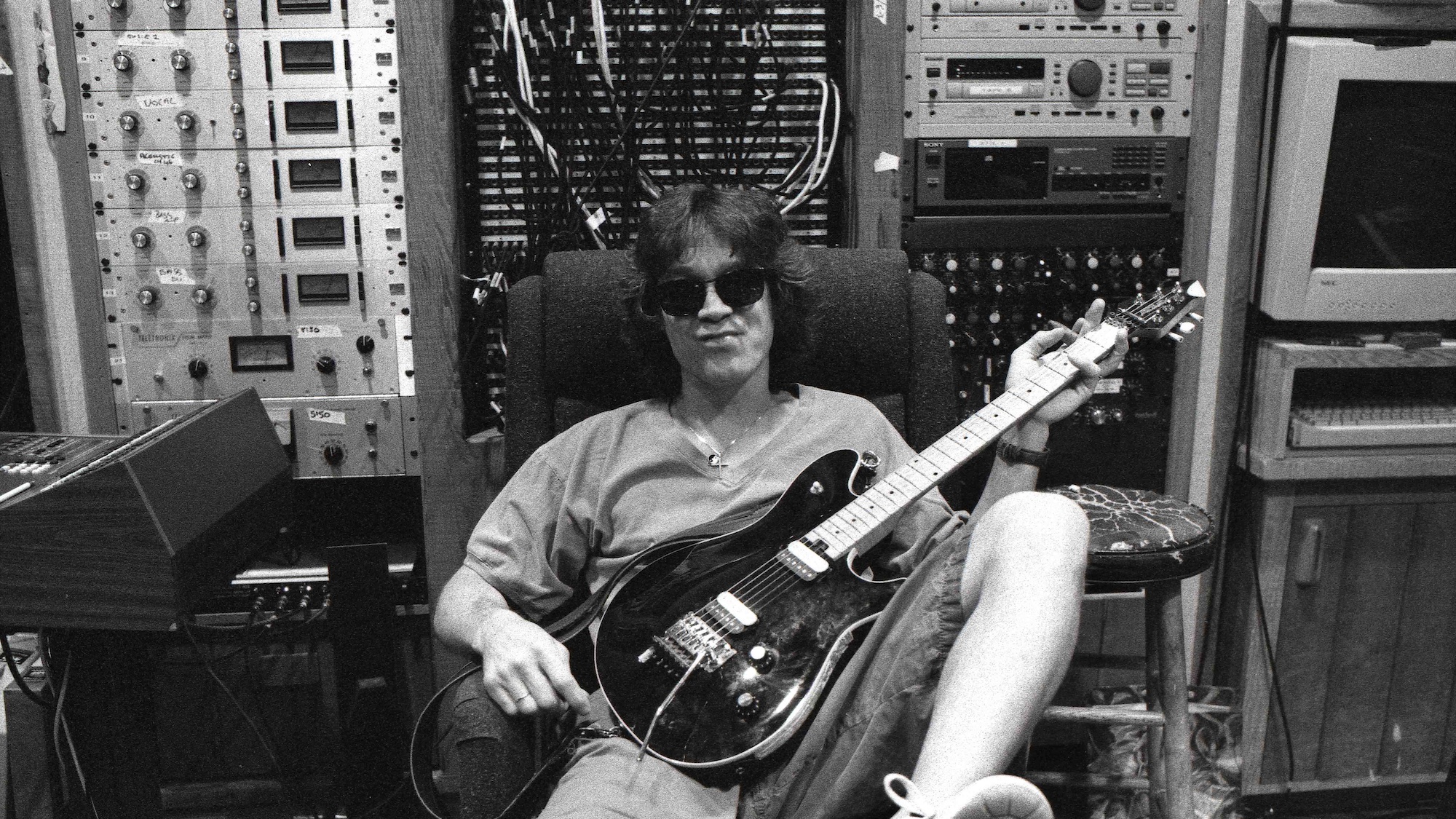Review: Gretsch G6128T-1962 Duo Jet — Video

Gretsch has built a solid reputation with its impressive line of popular archtop hollowbody guitars, like the Country Gentleman and the White Falcon. But what’s often overlooked is the company’s superb line of solidbody guitars, such as the Duo Jet.
Introduced in 1953 with a single-cutaway body, the elegantly styled Duo Jet was a competitive response to the Fender Telecaster and the Gibson Les Paul.
Its unique-sounding DeArmond Dynasonic pickups offered the raucous twang needed for rockabilly and just enough jangle for rock, making it the choice of guitarists like George Harrison and, in his early Nineties rockabilly phase, Jeff Beck.
Over the years, the Duo Jet has evolved into many different models, including a double-cutaway version, introduced in 1961, frequently used by AC/DC guitarist Malcolm Young.
The new Gretsch G6128T-1962 Duo Jet is an inspired reworking of that version, complete with modern updates, vintage cool looks and authoritative tones that will help set you apart from the rest.
FEATURES The G6128T-1962 features a short 24.6-inch/625mm scale length, but where it departs from a traditional Duo Jet is in the symmetrical double-cutaway that makes it look somewhat longer-scale. Appearances aside, the guitar is well balanced, with a solid mahogany body, an arched laminated maple top and a sleek black gloss-urethane finish.
The set neck is mahogany and includes premium touches, like a bound headstock, a bound ebony fingerboard, Neo-Classic thumbnail inlays, 22 frets (including a “zero fret”), a 12-inch fretboard radius and a slim C-profile neck shape. Hardware consists of a Bigsby B3C vibrato, an ebony-based Space Control roller bridge and Grover Sta-Tite slotted peg-head tuners with an 18:1 ratio for rock-solid tuning. Instead of DeArmonds, the guitar is wired with a pair of High Sensitive Filter’Tron pickups. Electronics consist of two volume controls (bridge and neck), a master volume (located at the lower-bout cutaway) and two three-position toggle switches for pickup switching and master tone.
All the latest guitar news, interviews, lessons, reviews, deals and more, direct to your inbox!
PERFORMANCE The vintage styling of this Duo Jet immediately feels in the pocket thanks to its springy feel and low action. But there’s nothing quite like the sound of a Gretsch guitar, which is why this is a must-have for tone aficionados. To be fair, the Filter’Tron pickups combined with the master tone three-way switch can be a maddening or appealing experience, depending on your choice of rig. The High Sensitive Filter’Trons have more output, and they sound dark, with a very pronounced midrange, but with a brighter amp and a combination of EQ and overdrive, they have incredible sparkle that cuts though any mix. Using the master tone circuit cuts the high-frequency tone in half and gives notes a honky midrange, but most players will probably opt to take it out of the circuit altogether.
LIST PRICE $3,050
MANUFACTURER Gretsch, gretschguitars.com
The master tone switch lets you choose from two high-frequency roll-off options or disable the circuit altogether.
The Bigsby B3C vibrato is ideal for half-to-whole-step dives that stay in tune, thanks to the 18:1 ratio of the Grover tuners.
THE BOTTOM LINE The stylish G6128T-1962 Duo Jet is pure magnetic charm, with enough raw tones to make it perfect for aggressive rock or rockabilly twang.
Paul Riario has been the tech/gear editor and online video presence for Guitar World for over 25 years. Paul is one of the few gear editors who has actually played and owned nearly all the original gear that most guitarists wax poetically about, and has survived this long by knowing every useless musical tidbit of classic rock, new wave, hair metal, grunge, and alternative genres. When Paul is not riding his road bike at any given moment, he remains a working musician, playing in two bands called SuperTrans Am and Radio Nashville.

